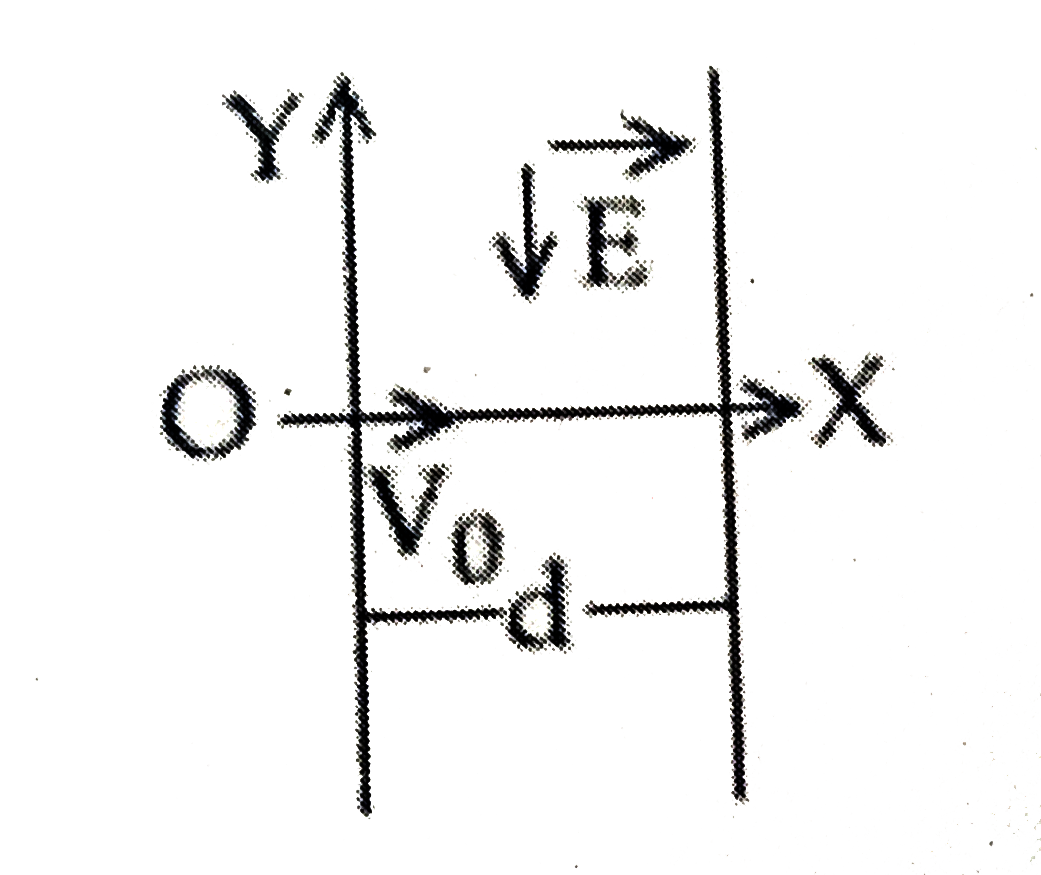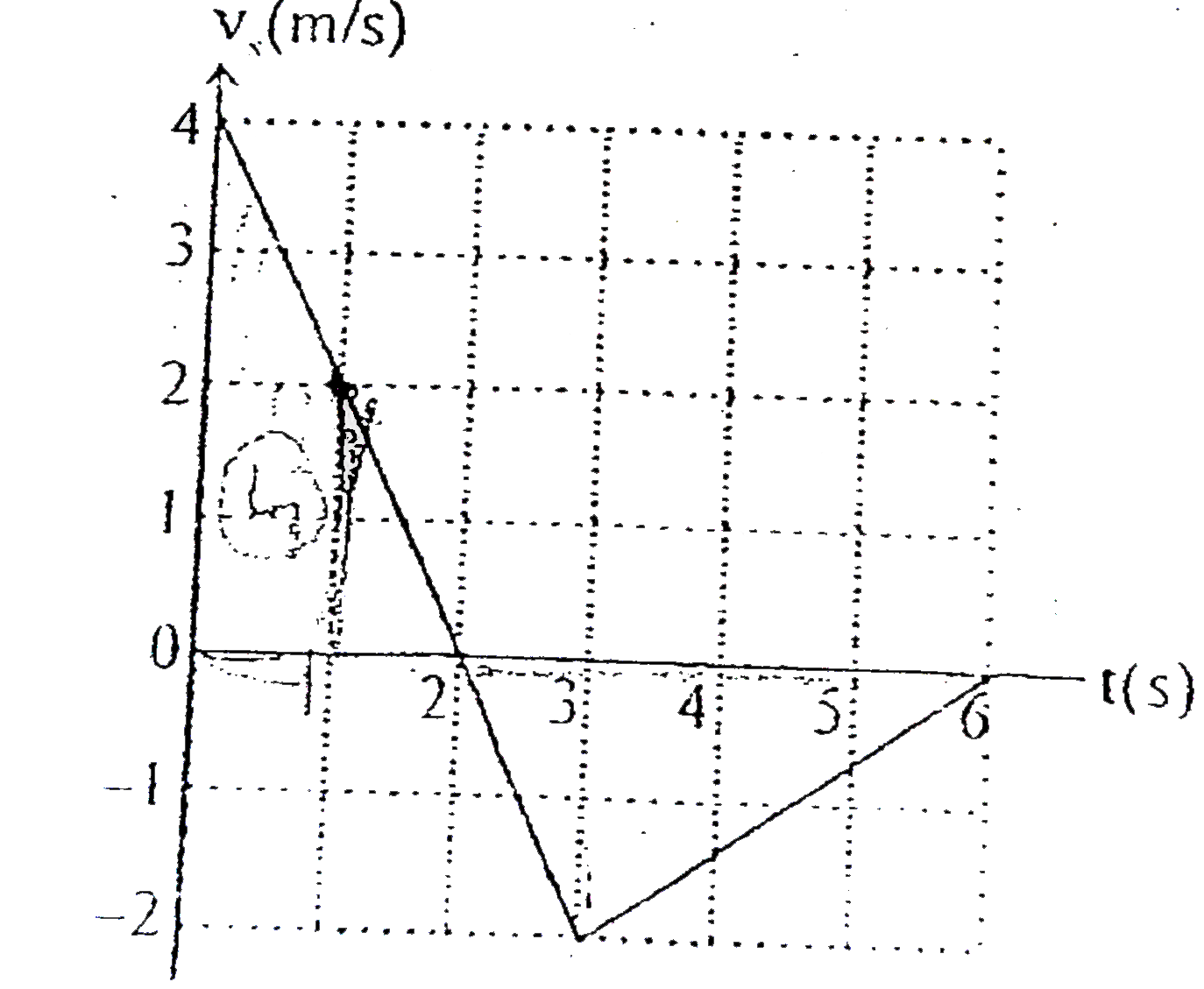Answer the following:
(A) Two electric field lines cannot cross each other. Also, they cannot form closed loops. Give reasons.
(B) A particle of charge 2 μC and mass 1.6 g is moving with a velocity 4ˆims−1.At t=0 the particle enters in a region having an electric field →E( in NC−1) = 80ˆi+60ˆj. Find the velocity of the particle at t=5s
Step by step video & image solution for Answer the following: (A) Two electric field lines cannot cross each other. Also, they cannot form closed loops. Give reasons. (B) A particle of charge 2 muC and mass 1.6 g is moving with a velocity 4 hati ms^(-1).At t=0 the particle enters in a region having an electric field vecE( in NC^(-1)) = 80hati + 60hatj. Find the velocity of the particle at t =5 s by Physics experts to help you in doubts & scoring excellent marks in Class 12 exams.
Updated on:21/07/2023Similar Questions
A particle of charge 1μC& mass 1g moving with a velocity of 4m/s is subjected to a uniform electric field of magnitude 300Vm for 10sec. Then it's final speed cannot be :
View SolutionA charged particle ( mass m and charge q) moves along X axis with velocity V0 . When it passes through the origin it enters a region having uniform electric field →E=−Eˆj which extends upto x=d . Equation of path of electron in the region . x>d is :

View Solution
Knowledge Check
A particle of mass 1 g moving with a velocity →v1=3ˆi−2ˆjms−1 experiences a perfectly in elastic collision with another particle of mass 2 g and velocity →v2=4ˆj−6ˆkms−1. The velocity of the particle is
A2.3ms−1B4.6ms−1C9.2ms−1D6ms−1
A charged particle of charge 1 mC and mass 2g is moving with a speed of 5m/s in a uniform magnetic field of 0.5 tesla. Find the maximum acceleration of the charged particle
View SolutionA charged particle of charge 1 mC and mass 2g is moving with a speed of 5m/s in a uniform magnetic field of 0.5 tesla. Find the maximum acceleration of the charged particle
View SolutionA charged particle of specific charge (i.e.,Charge per unit mass 0 0.2 C/kg has velocity 2ˆi−3ˆjms−1 at some instant in a uniform magnetic field 5ˆi+2ˆj (tesla).Find the acceleration of the particle at this instant
View SolutionA particle moves with a velocity v=(5ˆi−3ˆj+6ˆk)ms−1 under the influence of a constant force
F=(10ˆi+10ˆj+20ˆh)N, the instantaneous power applied to the particle is.
View SolutionA particle moves with a velocity v=(5ˆi−3ˆj+6ˆk)ms−1 under the influence of a constant force
F=(10ˆi+10ˆj+20ˆh)N, the instantaneous power applied to the particle is.
View SolutionA particle moves with a velocity of (4ˆi−2ˆj+2ˆk)ms−1 under the influence of a constant force →F=(10ˆi+3ˆj−2ˆk)N. The instantaneous power applied to the particle is
View SolutionVx is the velocity of a particle of a particle moving along the x−axis as shown. If x=2.0m at t=1.0s, what is the position of the particle at t=6.0s?

View Solution
